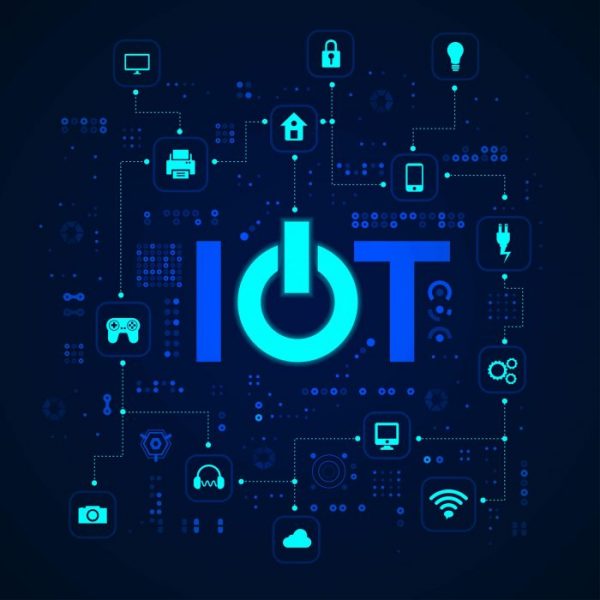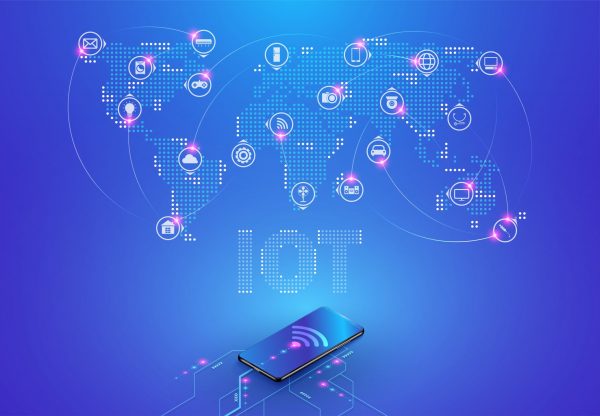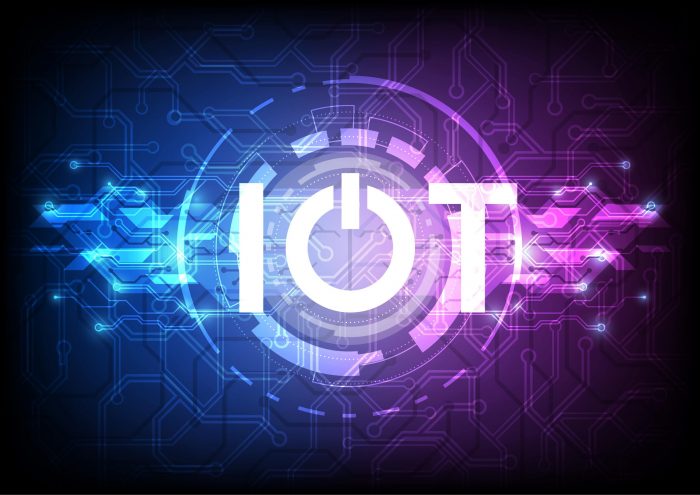5 Steps to Successful IoT Deployment – Complete Guide
Audio : Listen to This Blog.
So you want to start your Internet of Things IoT deployment but stuck at the initial level? We’re here to lend a hand to assist you with a complete guide to IoT deployment!
In many sectors, the Internet of Things (IoT) has been one of the most common concepts in recent years. Here are a few names, retail, healthcare, logistics, and agriculture that are reaping the benefits of IoT.
Are you looking for new ways to incorporate the Internet of Things IoT services into your business? If yes, then, you can learn more about how useful IoT services can be to your organization.
Every company is attempting to introduce Internet of Things IoT technologies, and the world is in desperate need of new inventions like it has never been before. So, let’s not waste any more time and get started on building your own IoT solution!
What is the first thing you should do when you begin working on a project? It’s all about study, research, and more research. You should never overestimate the importance of research because it can save you a lot of time and money in the long run. So, first and foremost, you must be aware of the potential risks before IoT development.
Then there come the important steps to IoT deployment.
Table of Contents
1.Select the Most Appropriate Network Architecture & Technology
Any IoT application’s performance hinges on the availability of a reliable network.
The ability for professionals to quickly find what they need and prevent theft is dependent on the monitoring of high-value equipment.
One thing to keep in mind here is that if the IoT services and devices used for monitoring depend exclusively on Wi-Fi access, the wireless LAN coverage must be flawless and consistent.
Adding further access points, on the other hand, seem to be the logical solution, but this can also backfire. When there are too many APs in close proximity, they can conflict with one another, compromising the WLAN’s overall functionality.
As a result, the majority of today’s leaders who have successfully implemented IoT solutions have embraced network access control technology to precisely locate each AP to reduce interference and remove dead spots.
When deciding on technology and network infrastructure for an organization, it’s also important to consider what IoT technologies, are required.
2.Determine which Hardware and Devices are Required
When you have decided to go ahead with IoT implementation in your company, you’ll need to figure out what would be included in your setup. This entails identifying any asset or system that will be integrated into the network.
In its most basic form, this hardware consists of sensors, which are instruments that provide data on components such as temperature, weight, volume, humidity, pressure, color, sound, vision, and so on.
Read More : “Mobinius Emerges as the Best IoT Development Company“
The information collected by these sensors is then expected to be sent over the internet to wherever. This means that additional hardware, such as connected devices, will be needed. These devices link the Internet of Things network to the data-gathering sensor or other hardware.
In general, sensors must be low-energy devices to maintain operability for longer periods without requiring the replacement of energy sources.
Actuators and edge computer systems are examples of other devices that may be involved. What should go into your module is determined by the end goal you want to accomplish in your organization. In today’s world, new protocols and gateways are explicitly developed for IoT use.
As a result, before making a purchase, strive to learn about interoperability and connectivity. It is often sufficient to simply change existing equipment. They will need to be replaced in some cases with ones built specifically for IoT.
3.Select an IoT Platform and related software
Choose a platform and software to examine the popular IoT companies once more: what applications did they employ? What IoT platform and tools did they use to develop their project?
When selecting a system, keep in mind that it will have a significant effect on the entire development process. If you choose the right structure, it can develop with your company and evolve as the project evolves.
When it comes to finding the best IoT platform for your needs, keep the following factors in mind:
-
Hardware
Because every IoT product development is dependent on hardware, picking the right starter pack should be your top priority. Is there something mechanical or electrical that might make your life easier? Check to see if any trusted and licensed components/sensors/etc. are available.
So you can begin by customizing the starter kit, rather than starting from scratch. Will it help you save time, money, and effort? Without a doubt.
-
Method of Connectivity
What kind of link does your IoT device need? Which is better: Wi-Fi, Ethernet, USB, or Bluetooth? Will it improve as the company grows? Consider these factors carefully, since they can affect the success of your product.
-
Service type
Is your product an end-to-end solution (which includes anything from hardware to software to networking) or just a connectivity platform? So, essentially, the form of customer service will be determined by where your use case and business model intersect.
-
Design a Prototype
Now you’ve reached the pinnacle of your growth. The fact is that putting your idea to the test will show all of the positive and negative aspects of the project as a whole.
Read More : “Top 15 Benefits of IoT in business “
If you’re ready to develop your prototype and prove your idea, keep the following in mind-
-
The prototype must have meaning.
Consider the prototype to be the realization of the product’s central concept.
It should be focused on the advantages it provides to customers rather than the flashy features that may help sell your product.
As a result, it’s all about creating a useful solution for the customers.
-
The prototype does not have to be ready for mass production.
Have you already considered all of the design features that your computer would have? Ok, you can save it for later because prototyping does not require it. Your hardware should not be flawless, and your software should only provide the features that are needed.
-
Don’t undervalue the significance of apps.
Remember to concentrate on the software side of the product while prototyping. The user interface will be formed by the smartphone or web application. Make sure to take your time to keep it clear and straightforward. Don’t think of software as merely a means to help hardware; it should be the first thing that your customer falls in love with.
Add Predictive Analytics and Machine Learning
Functional observations based on intelligent algorithms are used to determine the true benefit of IoT. Although predictive analytics and machine learning may not be needed in every IoT implementation, it is likely to become one in the near future.
For more information on how we can help you leverage your technologies, feel free to reach out to us here.
Contact us
Architects should leave enough space for extensibility when defining the data pipeline for processing sensor data. It would be reasonably straightforward to incorporate predictive analytics using IoT solutions in the future if this functionality is factored in.
Conclusion
Of course, you shouldn’t waste too much time on the app; instead, consider the experience you want your customer to have. Consider what your product’s primary value is and how it can be presented by the software.
The Internet of Things has already shown that it is here to stay. So why not join the movement and try your hand at creating your own IoT product?
Subscribing to our blog will give you access to even more tips, so get ready to become an IoT expert!
FAQ's
The steps involved in ingesting IoT data. Sensors and IoT devices gather data from the environment.
Data Transmission, Data Processing, Data Visualization, Data Transmission, Data Processing, Data Visualization, Prediction and data analysis.
All full IoT applications are the same, they combine four distinct components: sensors/devices, networking, data processing, and a user interface.
Data Protocols for the Internet of Things IoT technologies
MQTT is a messaging protocol that allows you to send (Message Queuing Telemetry Transport) MQTT (Message Queuing Telemetry Transport) is a lightweight IoT data protocol that includes CoAP (Constrained Application Protocol), AMQP (Advanced Message Queuing Protocol), DDS (Data Distribution Service), HTTP (HyperText Transfer Protocol), WebSocket.
There are six distinct forms.
There are six different types of Internet of Things protocols and network standards. An IP (internet protocol) network is used to link devices to the internet. However, Bluetooth or NFC may be used to link devices locally (near-field communication). The power, range, and memory used differ between the two types of connections.



